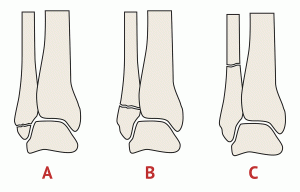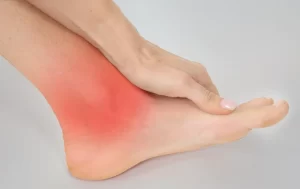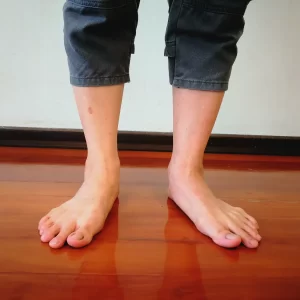
The Wagner Classification System is a widely used system for classifying diabetic foot ulcers based on their severity and depth of tissue involvement. This system is primarily used to help healthcare professionals assess the severity of diabetic foot ulcers, guide treatment decisions, and monitor the progress of healing. Diabetic foot ulcers are a common complication of diabetes and can lead to serious infections and other complications if not properly managed.
The Wagner Classification System consists of the following grades:
Grade 0: No open lesions, but may have deformity or cellulitis (inflammation of the skin and underlying tissue).
Grade 1: Superficial ulcer involving only the skin and possibly the subcutaneous tissue.
Grade 2: Deeper ulcer that extends to ligaments and muscle, but without abscess, osteomyelitis, or joint sepsis.
Grade 3: Deep ulcer with cellulitis, abscess, osteomyelitis, or joint sepsis.
Grade 4: Localized gangrene involving the toes or forefoot.
Grade 5: Extensive gangrene involving the entire foot.
This classification system helps healthcare providers communicate the severity of the diabetic foot ulcer and aids in determining appropriate treatment strategies. Less severe ulcers may be managed with local wound care, offloading, and infection control, while more severe ulcers may require surgical intervention, including debridement (removal of dead tissue), antibiotics, and even amputation in the most severe cases.
It’s important to note that timely and appropriate management of diabetic foot ulcers is crucial to prevent complications and improve outcomes. People with diabetes should receive regular foot screenings and take steps to prevent ulcers, including proper foot care, blood sugar control, and using appropriate footwear. If you have diabetes and notice any foot issues or ulcers, it’s essential to seek prompt medical attention to prevent further complications.








